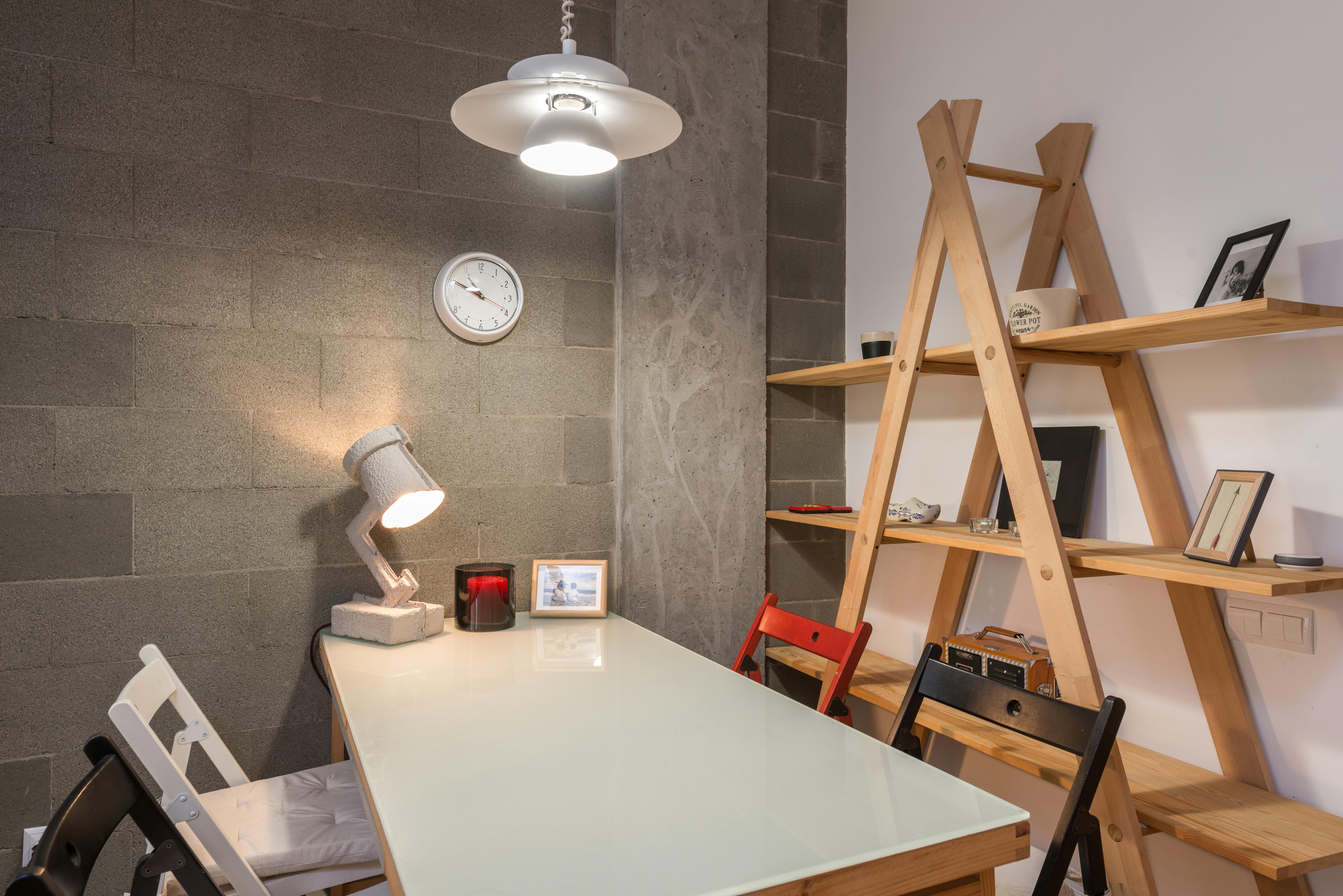
Peru, a journey to diversity
admin
- 0
When you travel, sooner or later, people ask you or ask yourself: what are you doing here? and what were my expectations of this place? I have lived in Peru for 14 years, between the Coast, the Sierra and the Amazon Jungle, three large regions defined by a different psychology and geography. This is what makes me stay here and that summary of the diversity of the country is something that I had not imagined before coming.
My idea of Peru was based on the Andes and Andean culture, mainly Quechua and, to a lesser extent, Aymara in Cusco and Lake Titicaca. That was what the television documentaries showed and it was reaffirmed when I saw Andean music groups play in the streets of my hometown. I did not know that almost two thirds of Peru is the Amazon jungle, Lima is at sea level and Peru has the best gastronomy in America.
The Amazon jungle was what caught me. After an initial two-year trip, I ended up staying seven years in Alto Marañón – Amazonas department – and a few years later I spent a year and a half in Tambopata – Madre de Dios department -, the world capital of biodiversity. The Amazon jungle has the property of bringing out a primal instinct that we all have, since time immemorial of evolution. Traveling along the rivers, hunting, fishing, living with the natives and learning from them the psychology of plants and animals, somehow makes you feel more intimately fulfilled. The environment transforms you into a more rudimentary being and you take into account, as the Amazonian myths say, that humanity is not exclusive to men; it is shared with plants, animals, atmospheric phenomena and places. In the end, you have nothing left but to enjoy seeing how your ideas about the Amazon Forest, its people and their way of life are distorted. Perhaps the richness of traveling is precisely that: discovering that there are many truths as people who cross your path.
I don’t know why, but there has been no other place like the Amazon jungle that has made me see that there are always exceptions to every imagined idea. And, later, I realized that this was the main reason why I am still in this country: Peru is like three countries in one and you always feel that while you travel through them, you are on different planets. Due to its diversity, it is the place with the world record in life zones and different climates.
You can walk the Ausangate route, the sacred mountain of the Incas, for five days while you live with highland shepherds of llamas and alpacas; see herds of condors fly in the Colca Canyon or in the Nazca desert; camping on the banks of the Apurímac River surrounded by otters after descending on rafts; contemplate the cloud forest of Machu Picchu at dawn; observe thousands of sea lions and penguins in one of the richest seas on the planet; glide through the waters of Titicaca, the highest navigable lake in the world, under a sky of sensations and colors.
The Manu and Tambopata National Reserves, Chan Chan -the largest adobe citadel in the world-, Machu Picchu -the lost city of the Incas and archaeological mystery- and the coastal desert are some of the samples of cultural, ecological and social diversity that after a trip to Peru, people ask you or you ask yourself: when will I experience everything I left pending again?

